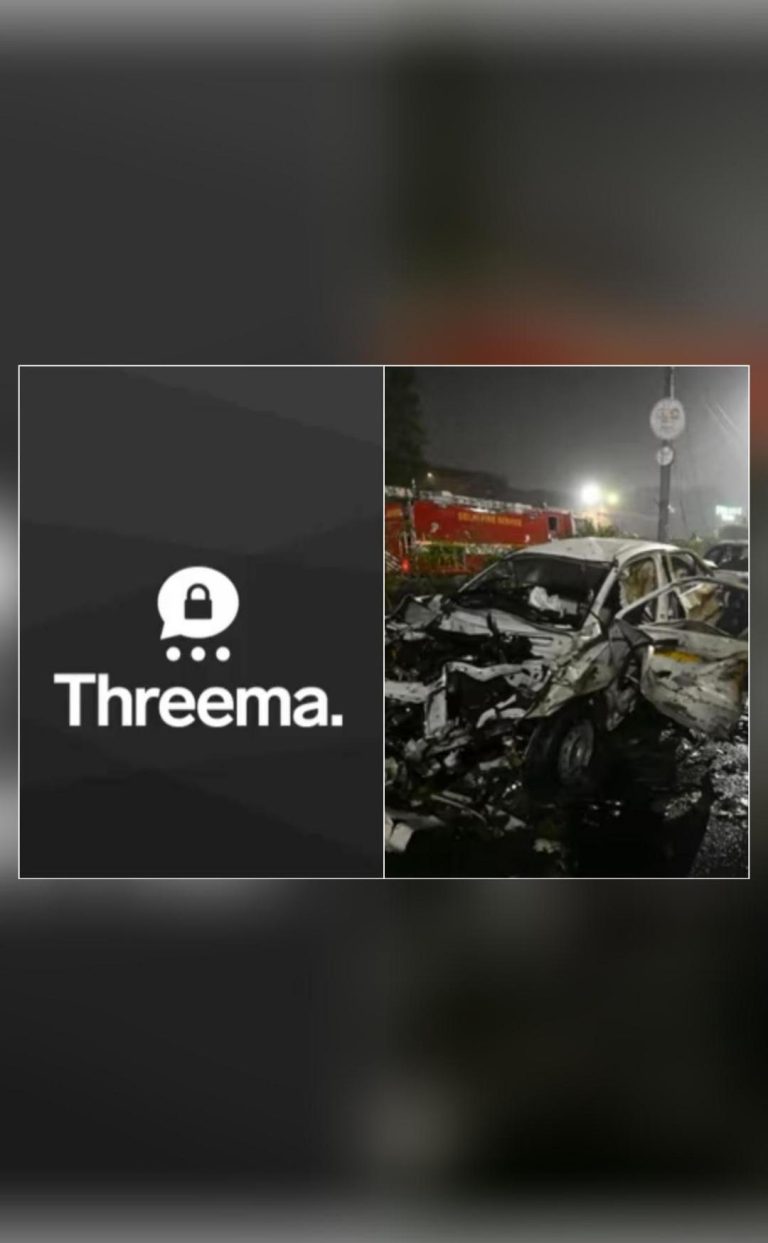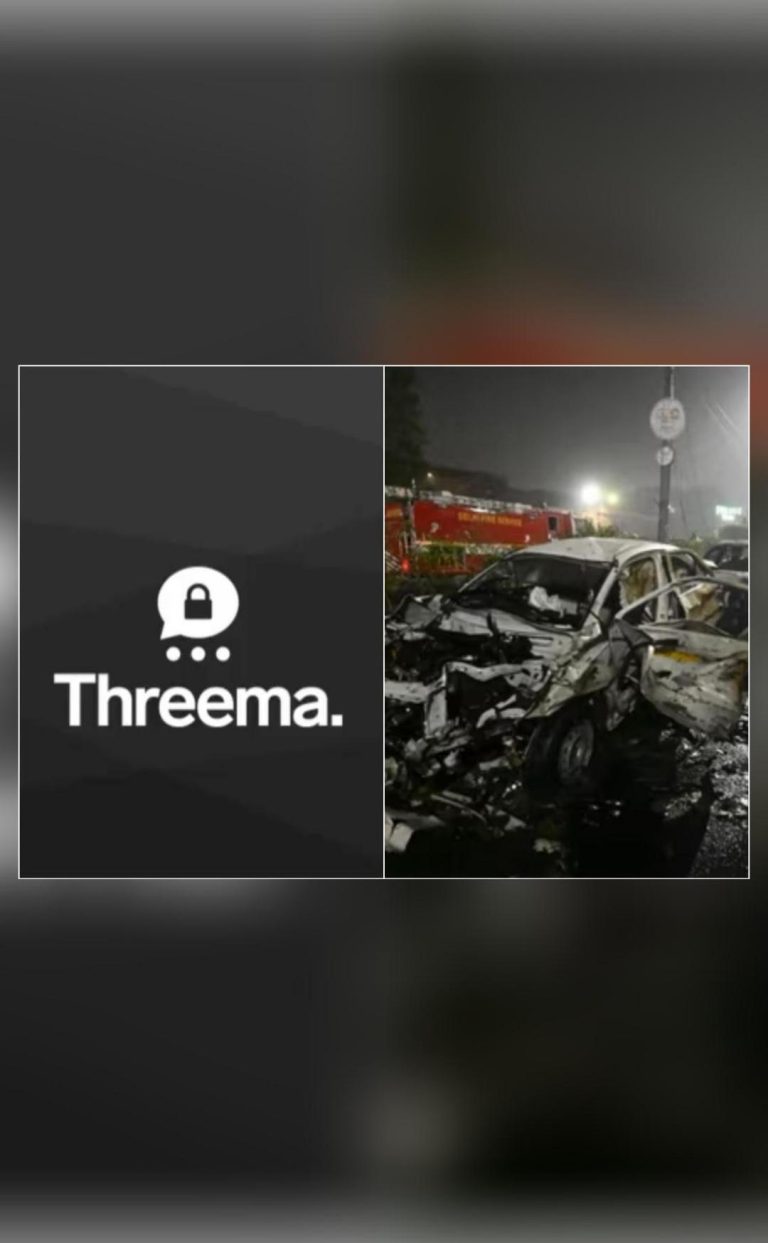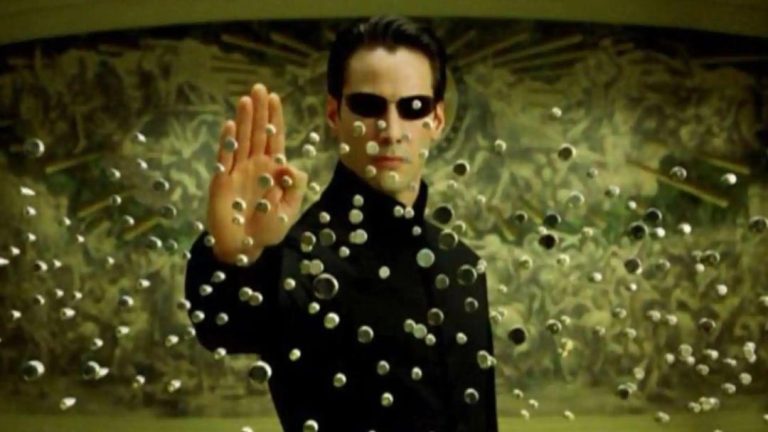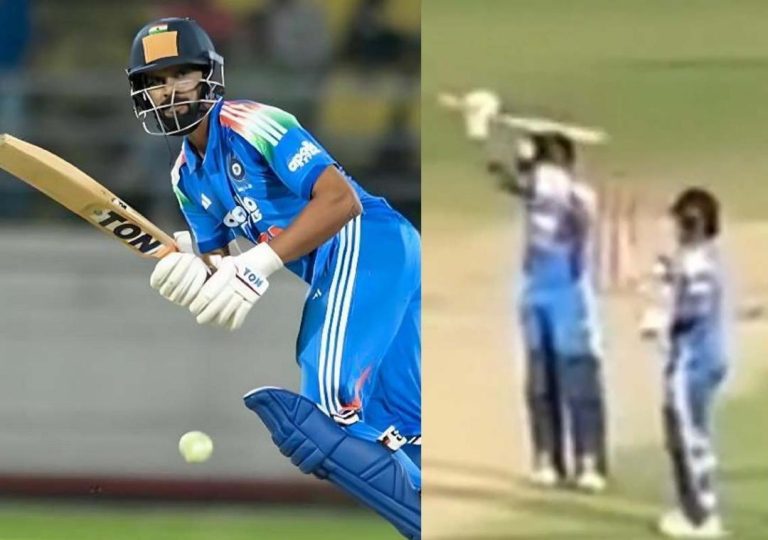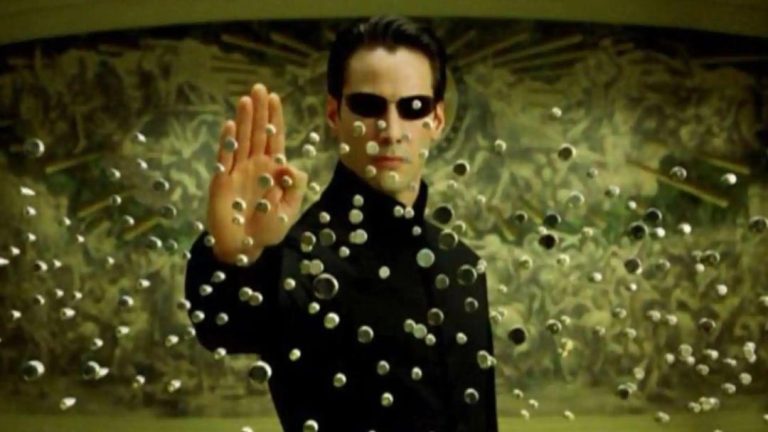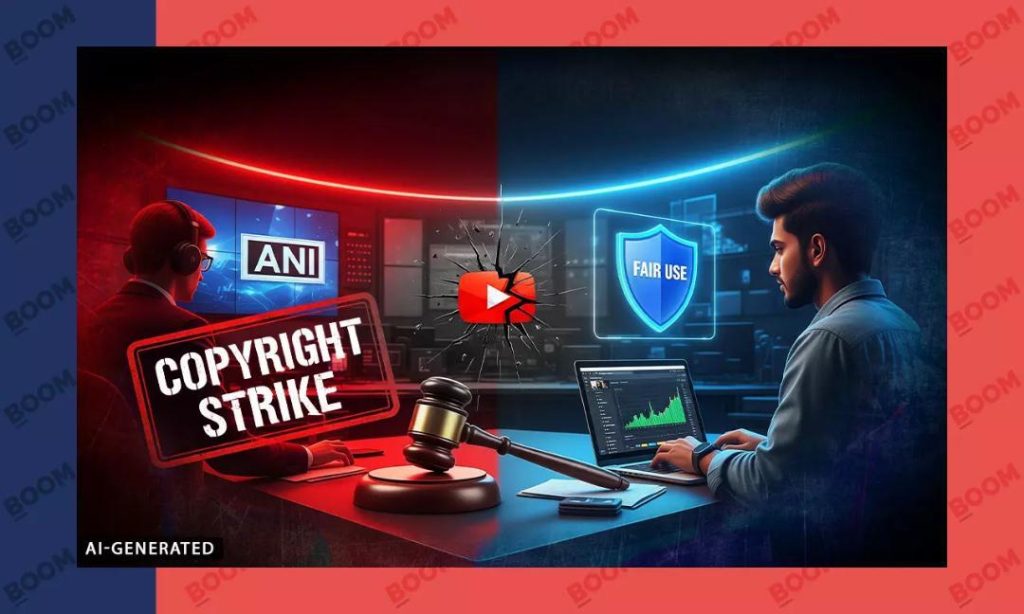
Copyright Row Puts India’s Fair Use Laws Under Spotlight
The ongoing copyright dispute between news agency ANI and YouTuber Mohak Mangal has once again thrown the spotlight on India’s outdated copyright framework, specifically Section 52, which deals with fair use. The controversy has reignited the debate over the need for legal reforms to safeguard creativity while protecting the rights of copyright holders.
For those who may not be aware, the dispute revolves around a video created by Mangal, a popular YouTuber, which allegedly used ANI’s news footage without permission. ANI claimed that the video infringed on their copyright, leading to the removal of the content from YouTube. Mangal, however, argued that his use of the footage fell under the fair use provisions of the Copyright Act, 1957.
The issue at hand is not unique to India. The concept of fair use is a common feature in copyright laws globally, allowing creators to use copyrighted material without permission for purposes such as criticism, commentary, news reporting, teaching, scholarship, or research. However, the Indian law lacks clarity on what constitutes fair use, leaving digital creators vulnerable to takedowns and legal action.
Experts argue that Section 52 of the Copyright Act, which deals with fair use, is outdated and needs to be revised to reflect the changing landscape of digital content creation. The provision, as it stands, is open to interpretation and provides little guidance to creators on what constitutes fair use.
“The problem with Section 52 is that it’s not specific enough,” said Prasanth Sugathan, a lawyer and policy expert at the Software Freedom Law Center. “It’s vague and allows for arbitrary enforcement. This lack of clarity creates uncertainty and makes it difficult for creators to determine what is fair use and what is not.”
The lack of clarity on fair use is particularly problematic in the context of hybrid content, which blurs the lines between journalism and entertainment. With the rise of influencer marketing and the increasing popularity of online content, creators are often pushed to experiment with different formats and styles to engage their audiences. However, this experimentation can put them at risk of copyright infringement, as they may inadvertently use copyrighted material without permission.
“The digital landscape is constantly evolving, and our laws need to keep pace,” said Sugathan. “If we don’t have a clear understanding of what constitutes fair use, we risk stifling creativity and innovation.”
The ANI-Mangal dispute is just one example of the challenges faced by digital creators in India. In recent months, there have been several instances of content creators facing legal action for allegedly infringing on copyright. While some of these cases may be justified, others have raised concerns about the impact of strict copyright enforcement on creativity and freedom of expression.
In 2020, the Indian government introduced the Copyright (Amendment) Bill, 2020, which aimed to strengthen copyright protection and provide for stricter penalties for copyright infringement. While the bill was intended to protect the rights of copyright holders, it also raised concerns among digital creators that it would stifle innovation and creativity.
The bill, which is still pending before Parliament, proposes to introduce a new provision that would allow copyright holders to claim damages for copyright infringement without having to prove actual damage. While this provision may provide greater protections for copyright holders, it could also lead to over-enforcement and a chill on creativity.
“The government needs to strike a balance between protecting the rights of copyright holders and promoting creativity and innovation,” said Sugathan. “We need to move away from a regime that is focused solely on enforcement and towards one that recognizes the importance of fair use and promotes responsible use of copyrighted material.”
In conclusion, the ANI-Mohak Mangal dispute highlights the need for legal reforms in India to clarify the concept of fair use and provide greater protections for digital creators. The ongoing debate over the Copyright (Amendment) Bill, 2020, provides an opportunity for the government to revisit its approach to copyright law and to strike a balance between protecting the rights of copyright holders and promoting creativity and innovation.
As the digital landscape continues to evolve, it is essential that India’s copyright laws keep pace and provide a framework that encourages creativity and innovation while protecting the rights of copyright holders. By clarifying the concept of fair use and providing greater protections for digital creators, India can promote a vibrant and innovative digital ecosystem that benefits both creators and the public.

